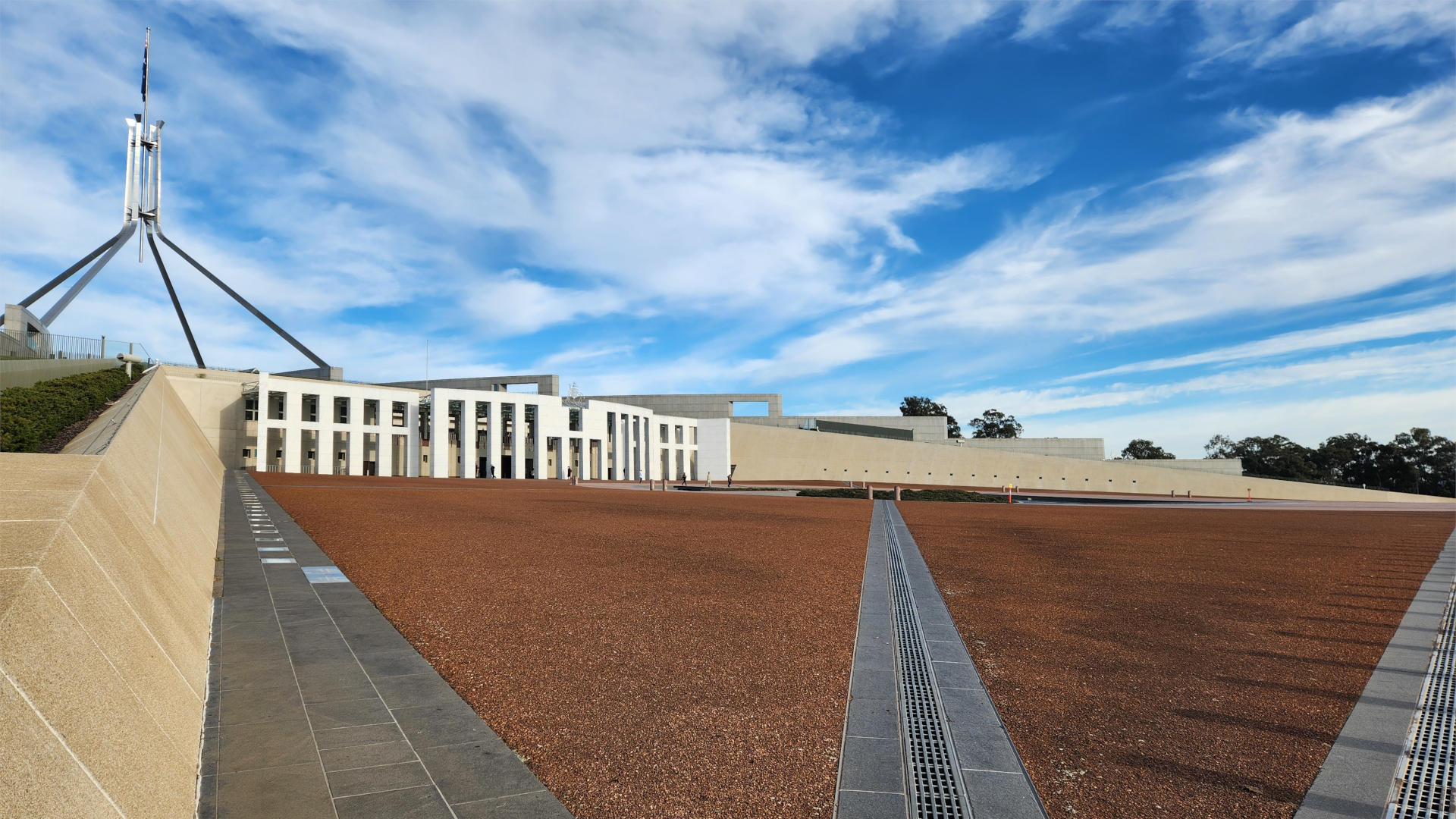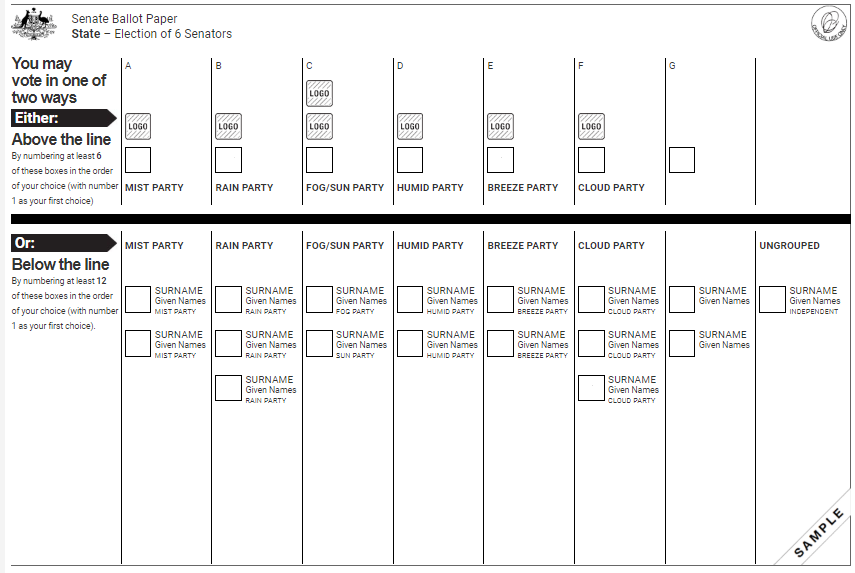Learn about the Single Transferable Vote (STV)
Australian Senate votes are tallied with STV. So are Legislative Assembly votes in the ACT and the NT, as well as upper-house (Legislative Council) votes in NSW, Victoria, SA and WA, and House of Assembly votes in Tasmania. Many Australian local government elections also use STV.
To get the main idea, read the AEC’s Senate count explainer.
This post helps you find out exactly what happened to your vote, using the AEC’s complete published preference data.
Step 1: find your vote
First, find your vote in the AEC’s official data.
- Go to Andrew Conway’s Concrete STV site.
- Select the state and year (for example, 2025 NSW for a NSW Senate vote in the 2025 federal election).
- Scroll down to “Vote search” (bottom of page), then click “enter your vote and search”.
- Enter a vote to search for. If you voted above the line, you have to fill in all the preferences for each column you selected.
- Click ‘Search’.
This shows you how many records in the published data match the vote you entered. If you voted above the line you will probably see several matches, one of which is yours. If you voted below the line, your vote is fairly likely to be unique. Discrepancies are shown in red.
Now that you know your vote was present in the final tally, we’ll show you how it was counted.
6. Copy the ‘Vote summary’ (a line of numbers and commas, just above ‘Search’).
Step 2: who did you help elect?
The second step takes your vote – along with the official Senate tally – and shows you which candidates you were supporting at each step of the tally process.
- Go back to Andrew Conway’s Concrete STV site.
- Select the state and year again.
- Scroll to the bottom and click “see who your vote ended up helping get elected”.
- Fill in the vote, or paste the ‘Vote summary’ you copied in Step 1 into the ‘Vote summary’ box.
- The display shows which candidate your vote counted for in each step of the tally.
Examples
Here are some examples from 2025 Victorian how-to-vote cards. (Of course, you don’t have to follow them – these are just examples to show you how it works.)
2025 Victorian ALP how-to-vote card
This was the ALP’s 2025 Victorian Senate how-to-vote card.

This is what we get when we enter it into Concrete STV – where did my vote go.

This shows that 0.418 of the vote was used to elect the first ALP candidate, Raffaele Ciccone. After that excess was distributed, a further 0.416 was used to elect Jess Walsh, the second candidate on the ALP ticket. Finally, at the end of counting, 0.166 of the vote counted towards the win of the ALP’s third candidate, Michelle Ananda-Rajah.
2025 Victorian Liberal/National how-to-vote card
This was the Liberal/National 2025 Victorian Senate how-to-vote card.

This is what we get when we enter it in to Concrete STV – where did my vote go.

First, 0.459 of the vote contributed to the election of the first candidate on the LNP ticket, James Paterson. Next, a further 0.459 was used to elect Jane Hume, the second candidate on the LNP ticket. After that, 0.0822 of the vote passed to Kyle Hoppitt, the third LNP candidate. When he was excluded in round 278, the vote passed to Warren Pickering of One Nation, who was not elected.
2025 Victorian Green how-to-vote card
This was the Green 2025 Victorian Senate how-to-vote-card.

This is what we get when we enter it into Concrete STV – where did my vote go.

This vote sat with the Greens’ first candidate, Steph Hodgins-May, until she was elected in round 256 with slightly over a quota. Most of the vote – 0.968 – was used to elect her, and 0.0322 passed to Fiona Patten of the Legalise Cannabis Party. When Patten was excluded, it passed to the ALP’s 3rd candidate, Michelle Ananda-Rajah, who was elected.


